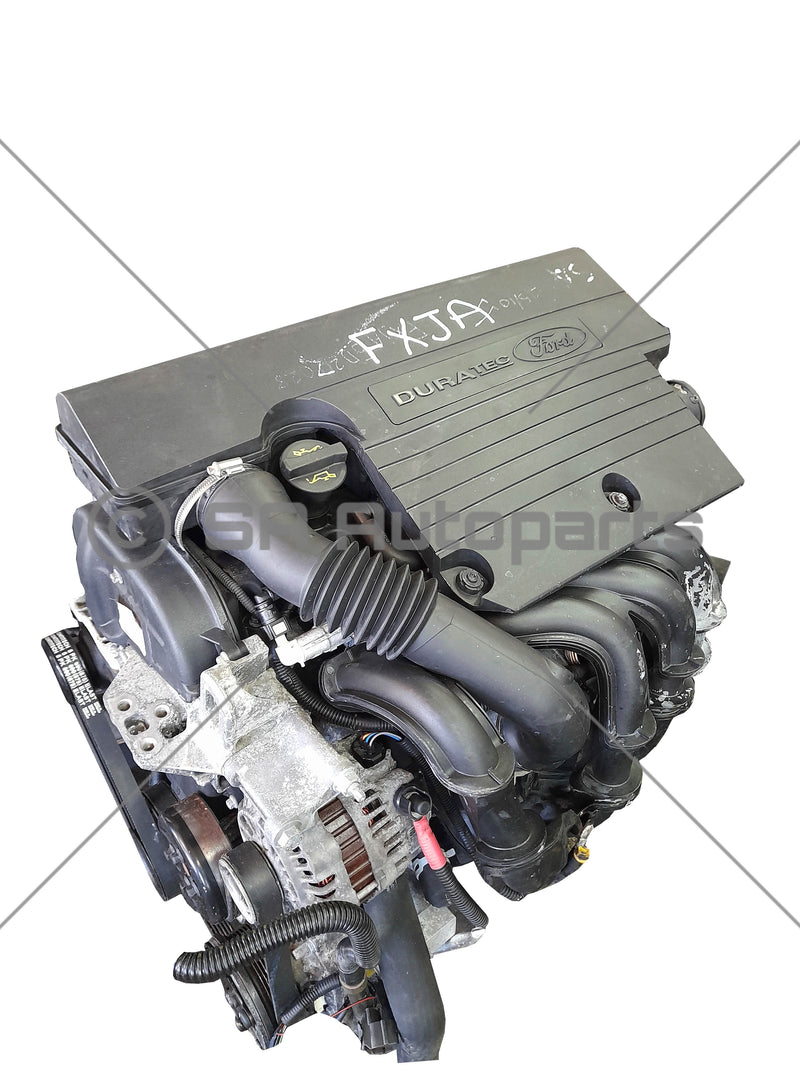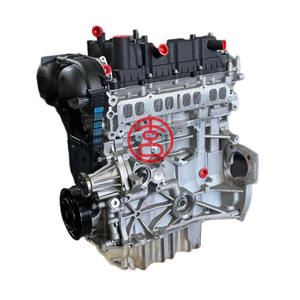Expert Tips for Optimizing Your Ford Fiesta Engine Efficiency
Checking Out the Evolution of Engines: From Classic Designs to Modern Marvels
The advancement of engine innovation represents a significant story in the background of development, noted by critical innovations that have continually redefined transport and market. From the initial vapor engines that powered the Industrial Change to the introduction of inner combustion engines that changed movement, each stage has actually added to better efficiency and capability. Currently, the shift to electric power signifies not only a technical shift however additionally a broader commitment to environmental sustainability. As we examine these landmarks, one must take into consideration how the future of engine design might unravel, challenging our assumptions of power and effectiveness.
The Birth of Engine Technology
The advent of engine technology marked a crucial minute in human innovation, changing energy conversion and transportation. The earliest engines emerged from the demand to harness mechanical power for sensible usage, leading to the advancement of tools that converted different power types into activity (ford fiesta engine).
The advancement of the inner burning engine and the innovation of the vapor engine catalyzed a profound shift in commercial capacities. These engines not just enhanced performance however additionally increased the extent of human mobility, allowing unprecedented transportation possibilities. The early models prepared for the mechanical world, assisting in the increase of sectors and reshaping societal frameworks.
As engine designs advanced, they advanced and integrated cutting-edge materials design principles, paving the means for contemporary growths - ford fiesta engine. The birth of engine technology stired up a ruthless quest of efficiency and power, setting the stage for the dynamic evolution of transportation and industrial equipment that would certainly follow
Heavy Steam Engines and Their Influence

The vapor engine's impact was particularly noticeable in the transportation sector (ford fiesta engine). Steam-powered engines helped with the quick motion of items and people throughout large ranges, successfully reducing the geographical barriers that had actually previously prevented trade and interaction. Similarly, steamships changed marine travel, permitting for quicker and extra dependable crossings of rivers and seas.
In industry, steam engines powered factories, enabling mass production and the rise of urban centers as centers of financial task. Heavy steam modern technology cultivated technologies in design and production procedures, laying the foundation for future innovations in engine style.
The Increase of Inner Combustion
Regularly overshadowing heavy steam power, the increase of internal combustion engines marked a transformative change in transport and sector throughout the late 19th and very early 20th centuries. The advancement of these engines, defined by their capacity to shed fuel within the engine itself, enabled greater performance and power contrasted to traditional steam engines. Pioneering innovators such as Nikolaus Otto and Rudolf Diesel played critical roles in improving engine designs, bring about widespread fostering in automobiles, watercrafts, and industrial machinery.
The interior burning engine's compact size and reasonably light-weight nature assisted in the emergence of individual cars, transforming individual flexibility and reshaping metropolitan landscapes. By allowing faster travel and the reliable transport of products, these engines militarized economic development and fostered globalization. The flexibility of gas options, consisting of gas and diesel, further boosted their appeal, enabling diverse applications throughout various markets.
Despite the ecological worries that would later emerge, the first allure of internal combustion modern technology lay in its transformative capacity. As society welcomed this advancement, the foundation was laid for modern-day transportation systems, developing interior burning engines as a keystone of industrial innovation and every day life throughout the 20th century.
Improvements in Engine Effectiveness
As inner combustion engines became indispensable to transport and industry, the emphasis moved in the direction of boosting their efficiency to satisfy expanding demands for efficiency and sustainability. Advancements in engine style, material scientific research, and innovation have actually substantially visit the website contributed to this evolution.
One major development is the growth of turbocharging, which allows for raised air consumption, resulting in more full gas burning and boosted power output without enlarging engine size. Furthermore, variable shutoff timing systems have actually been implemented to optimize engine efficiency throughout various RPM ranges, thus enhancing gas effectiveness.
The use of innovative gas shot modern look at more info technologies, such as direct injection, has actually additionally played an important duty. This approach permits even more precise control over the fuel-air mix, advertising better burning and lowering emissions. Lightweight products, including light weight aluminum and composite components, have been adopted to reduce total engine weight, leading to boosted effectiveness.
These developments show a broader trend within the automobile industry, where the harmony in between engineering development and environmental factors to consider drives the ongoing pursuit for higher efficiency in interior burning engines. Consequently, modern engines are currently a lot more effective, cleaner, and efficient than ever previously, leading the way for an extra sustainable future in transport.
The Change to Electric Power
With expanding concerns over environmental influence and nonrenewable fuel source dependence, the automobile market is experiencing a significant change towards electrical power. This shift is driven by a combination of technical developments, regulative stress, and transforming consumer choices. Electric lorries (EVs) supply an engaging alternative to typical inner burning engines, boasting lowered greenhouse gas emissions and reduced operating costs.
The increase of battery innovation has actually been a game changer, with lithium-ion batteries coming to be much more efficient and economical. Boosted energy thickness and faster billing abilities have actually made EVs much more functional for day-to-day use. In addition, federal governments worldwide are carrying out incentives and setting enthusiastic targets for terminating nonrenewable fuel source cars, thereby increasing the adoption of electric power.
As charging infrastructure expands and battery modern technology proceeds to improve, the shift to electric power is poised to improve the automobile landscape, promoting sustainability and development in the years to come. her comment is here The future of transport is electric, and the momentum is obvious.
Final Thought
The development of engine modern technology represents a significant trajectory of technology that has actually profoundly affected transportation and sector. From the fundamental steam engines to the transformative inner burning engines, each advancement has actually added to enhanced wheelchair and economic growth.
